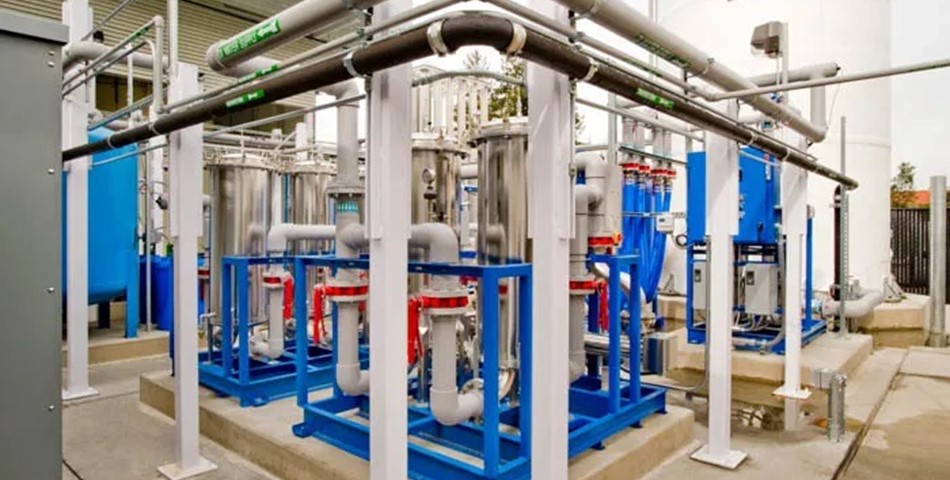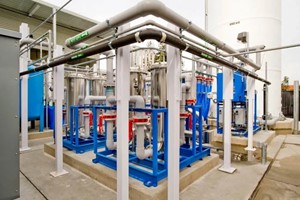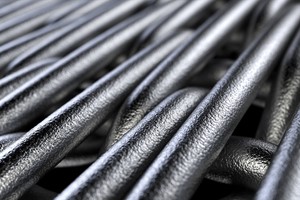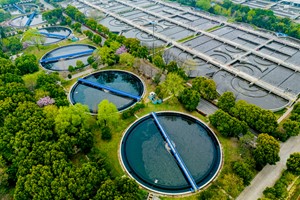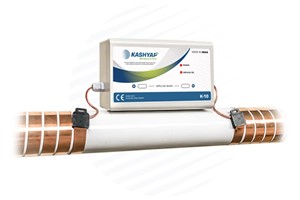Water Treatment Equipment Market Trends Growth Overview:
Water treatment is conceded out to reduce the total suspended solids (TSS) levels as per the end-user condition and therefore vary depending on the elements such as total suspended solids level, application, and location. Elimination of suspended solids and bacteria is done by separating the physical, chemical, and biological things of water and its components. Water treatment equipment is selected based on the properties of components such as quantity, density, chemical reactivity, solubility, boiling point, volatility, melting point, water purity levels, and other related. This was owing to the growing consumption of water, strict government rules about the total suspended solids (TSS) level, and increasing industrialization globally. Though, the higher expenses of the tools are projected to hamper the growth of the water treatment equipment market over the forecast period.
Water Treatment Equipment Market is expected to grow at a high CAGR of 6.7% during the forecasting period 2021-2028.
Water Treatment Equipment Market Growth Drivers:
The fast surge in the world population joined with the already lack of freshwater resources, has led to the expansion of numerous technologies to reduce the global thirst for drinkable water. The equipment established is mostly intended at creating the popularity water resources obtainable and fit for usage. These circumstances are encouraging water & wastewater treatment equipment manufacturing firms to capitalize on substitute water resources such as water acquired from purification and later recycle. Consequently, the predictions for water & wastewater treatment equipment companies within the water and wastewater treatment equipment market is predicted to surge in the coming years.
Though there are several advantages of water treatment, the fixing of water & wastewater treatment equipment is costly. The high budget of equipment and its process act as a restraining element in the water treatment equipment market. Disinfection tools such as chemical treatment over chlorine gas need vast storage of water to be preserved. Such organization and equipment are very small in not developed countries.
The challenge of aging arrangements is regularly challenged by established countries. These countries-built water treatment arrangements years ago and still use these old systems. Enormous investments are required in reinstalling and upgrading these old arrangements. Industrialized economies built the whole required water infrastructure back in the early years.
The Global water treatment chemicals market size reached USD 35.12 Billion in 2020. Our analysts predict that the water treatment chemicals market size is set to grow at robust CAGR of 5.4% CAGR during the 2020-2027 periods, reaching a total of USD 50.74 Billion by 2027 end. The growing demands for end-use industries to protect high-tech equipment, optimize process, and maintain equipment remain key drivers of growth in the water treatment chemicals market.
Scope of The Water Treatment Chemicals Market Report:
Today's water treatment chemical industry has undergone major improvements including new technologies like UV-based filtration which promises low-cost, highly effective, and safe water treatment. However, despite the advent of these technologies, conventional chemical-based waste water treatment has not gone out of the window. Contrary to the belief, chemical treatment of waste water treatment increased. This is despite the fact that UV disinfection has replaced classic conventional applications like chlorine disinfection. However, other applications for disinfections, pre-treatment, corrosion prevention, and preventing algal blooms remain robust opportunities for chemical treatment use. Additionally, new applications like protecting high-tech equipment, while optimizing the treatment have necessitated higher use of chemical treatment. This has led to emergence of new chemicals including chelating agents, biocides, and fouling cleaners. The emergence of new class of chemicals, growing applications, and increased monitoring of water resources promises major growth for the water treatment chemicals market.
Today, main chemicals used in waste water treatment are categorized into chelating agents, scale inhibitors, corrosion inhibitors, disinfectants and biocides, pH neutralizers, flocculants, and coagulants.
Water Treatment Chemicals Market:
Eutrophication remains a major challenge for water resources like lakes around the world. According to the International Lake Environment Committee, eutrophication challenge impacts 53% lakes in Europe, 54% in Asia, 48% in North America, 28% in Africa, and 41% in South America. The enrichment of nutrients like phosphate can lead to exceeding growth of algal blooms. This can produce harmful toxin that can prevent the growth of higher forms of life, potentially destroying a healthy marine ecosystem. Here, conventional biological treatment remained limited in effectiveness in treatment of lake water bodies, amidst an increasing demand for stringent standards. However, new technologies promise to deliver a low-cost, low-energy laden, sustainable application for promising nutrient removal.
Tracing organic compounds also remains a major driver of growth in the water treatment chemicals market. Various new chemicals emerging from industries like personal care products, pharmaceuticals, pesticides, surfactants, flame retardants, and others are listed as Contaminants of Emerging Concern or CEC. Water purification technique deploying activated carbon, and ozone promise effective organic compound removal in waste water treatment. The growing awareness about water conservation, and limitation of it as a natural resource remain key drivers of emerging technologies for water conservation, and waste water chemical treatment. In regions like Europe, wastewater treatment today results in treatment of over 55% water released, with focus shifting from water conservation to water reuse.
Energy conservation and production during water treatment chemicals also remains a major trend driving growth in the water treatment chemicals market. In 2017, 11.4% water resources globally were treated at waste water treatment plants (WWTP), and then re-used. Furthermore, 41.4% water resources were treated, and then discharged. Moreover, potential for treating another 47.2% water resources remained available to WWTPs globally. WWTPs remained accessible to 3.1 billion population around the world, in 2017, according to the WHO, and UNICEF findings. The growing demand for water-reuse, and high-awareness of such reuse in regions with high water scarcity like North Africa, Middle East, among others remain, and established technologies in these regions to develop water reuse resources remains a promising trend for growth in the global water treatment chemicals market.




